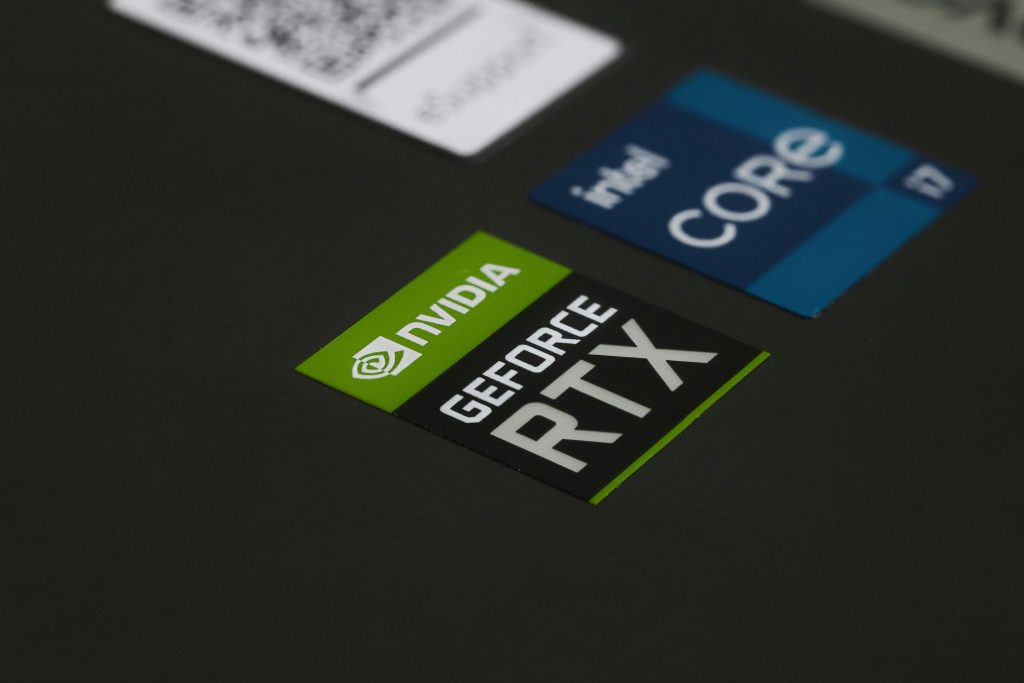Troubleshooting Guide: Resolving Persistent Mouse Connectivity Issues on Your Windows PC
Encountering connectivity issues with your mouse can be incredibly frustrating, especially when it hampers your productivity. If your wireless mouse isn’t functioning correctly upon startup, despite other peripherals working seamlessly, don’t worry—there are several steps you can take to diagnose and resolve the problem.
Common Symptoms:
- Mouse’s red indicator light is active upon startup.
- Cursor does not appear on the screen.
- Moving the mouse does not move the cursor.
- Reconnecting the mouse to different USB ports does not resolve the issue.
Step-by-Step Troubleshooting
1. Confirm Power and Basic Functionality
- Verify if the mouse’s indicator light remains on after startup.
- Test the mouse on a different computer to ensure it’s functioning correctly—not defective.
2. Check USB Ports
- Although other peripherals like your wireless keyboard and printer work fine, your mouse may still have compatibility issues with specific USB ports.
- Try connecting the mouse to different ports, preferably directly to the motherboard’s rear ports instead of front panel or extension hubs.
3. Restart Your Computer
- Sometimes, simple restart can resolve temporary driver or hardware recognition issues.
4. Reinstall or Update Drivers
- Open the Device Manager:
- Press
Win + Xand select Device Manager. - Locate your mouse under Mice and other pointing devices.
- Right-click the device and select Uninstall device.
- Disconnect the mouse, restart your computer, and reconnect the mouse to allow Windows to reinstall the drivers automatically.
- Alternatively, visit the manufacturer’s website to download the latest drivers.
5. Check for Windows Updates
- Ensure your Windows operating system is current:
- Go to Settings > Update & Security > Windows Update.
- Click Check for updates and install any available updates.
6. Disable Power Management for USB Devices
- In Device Manager, expand Universal Serial Bus controllers.
- Right-click each USB Root Hub or Generic USB Hub, select Properties.
- Navigate to the Power Management tab.
- Uncheck Allow the computer to turn off this device to save power.
- Click OK and restart your PC.
7. Check BIOS Settings
- Restart your computer and enter the BIOS/UEFI setup (usually by pressing
DelorF2during startup).
Share this content:



